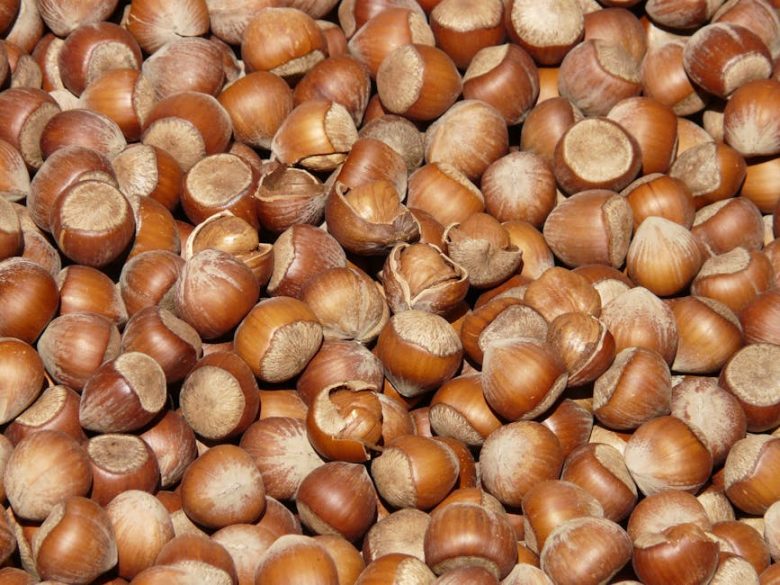In the ever-evolving landscape of the literary world, aspiring authors often find themselves at a crossroads: should they pursue traditional publishing or take the plunge into self-publishing? Both paths offer unique advantages and challenges, and the choice between them can significantly impact an author’s career trajectory. This article aims to dissect the key differences between traditional and self-publishing, providing a comprehensive overview to help authors make informed decisions.
Traditional publishing has long been regarded as the gold standard in the literary community. It typically involves a lengthy process where authors submit their manuscripts to literary agents or publishers, who then decide whether to take on the project. If accepted, the publisher handles the book’s production, distribution, and marketing, allowing authors to focus solely on their writing. This approach often comes with the prestige of being associated with established publishing houses and the potential for wider distribution in bookstores and libraries.
On the other hand, self-publishing has gained tremendous popularity in recent years, fueled by advancements in technology and the rise of digital platforms. Authors who choose this route retain complete creative control over their work, from the cover design to the marketing strategy. The self-publishing process is typically faster, allowing authors to bring their books to market more quickly than through traditional means. Additionally, self-published authors often benefit from higher royalty rates, as they do not have to share profits with a publisher.
One significant factor to consider is the level of support provided by traditional publishers versus self-publishing. In a traditional publishing scenario, authors often receive editorial assistance, professional cover design, and marketing support from the publisher. This can be invaluable for new authors who may not have experience navigating the complexities of the publishing industry. Conversely, self-published authors must take on these responsibilities themselves, which can be daunting but also empowering for those who wish to maintain creative control.
Another critical aspect is the potential reach and visibility of books published through each method. Traditional publishers typically have established distribution channels and relationships with bookstores, which can lead to greater visibility for their authors. They often have the resources to launch comprehensive marketing campaigns, which can help a book gain traction in a competitive market. In contrast, self-published authors must rely heavily on their own marketing efforts, often utilizing social media, author websites, and book fairs to connect with readers. While this can be challenging, it also allows for innovative and personalized marketing strategies that resonate with specific audiences.
Ultimately, the decision between traditional and self-publishing comes down to an author’s individual goals, preferences, and circumstances. Those seeking the validation and support of a traditional publisher may find the traditional route more appealing, while authors who value creative freedom and autonomy might thrive in the self-publishing realm. Both paths have produced successful authors and bestsellers, underscoring that there is no one-size-fits-all approach to publishing.
In conclusion, the choice between traditional publishing and self-publishing is a deeply personal one that reflects an author’s unique vision and aspirations. Each path offers distinct benefits and challenges that can shape an author’s journey in the literary world. As the industry continues to evolve, authors are encouraged to weigh their options carefully, considering their goals, resources, and the kind of relationship they want to have with their work. Ultimately, the right choice is the one that aligns best with their creative vision and professional objectives.



